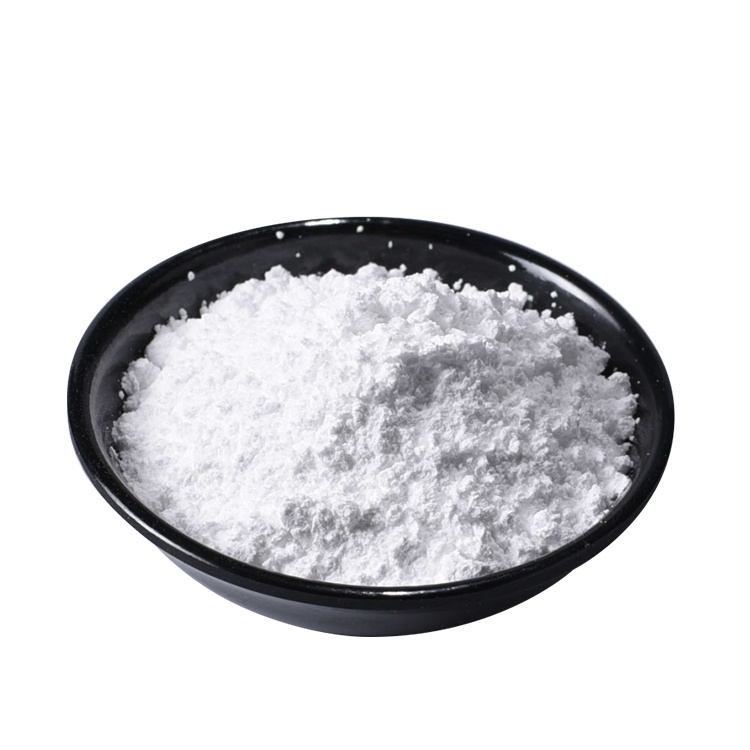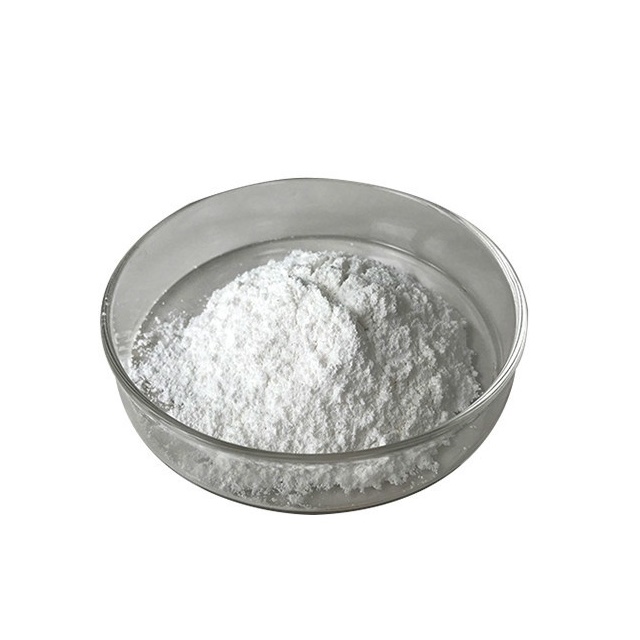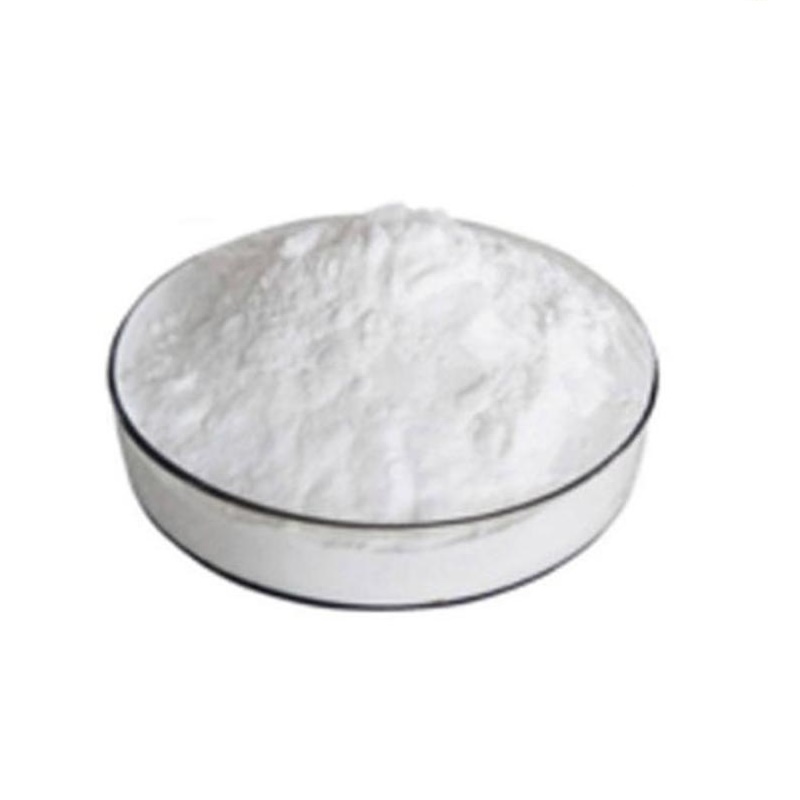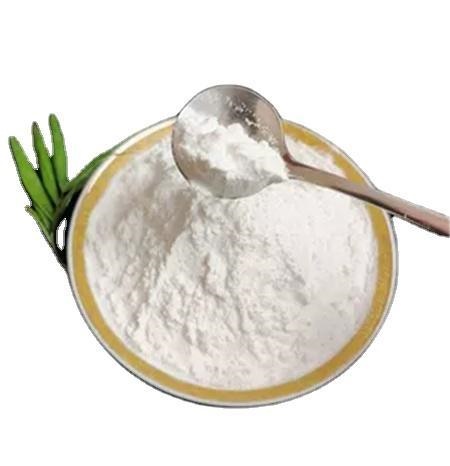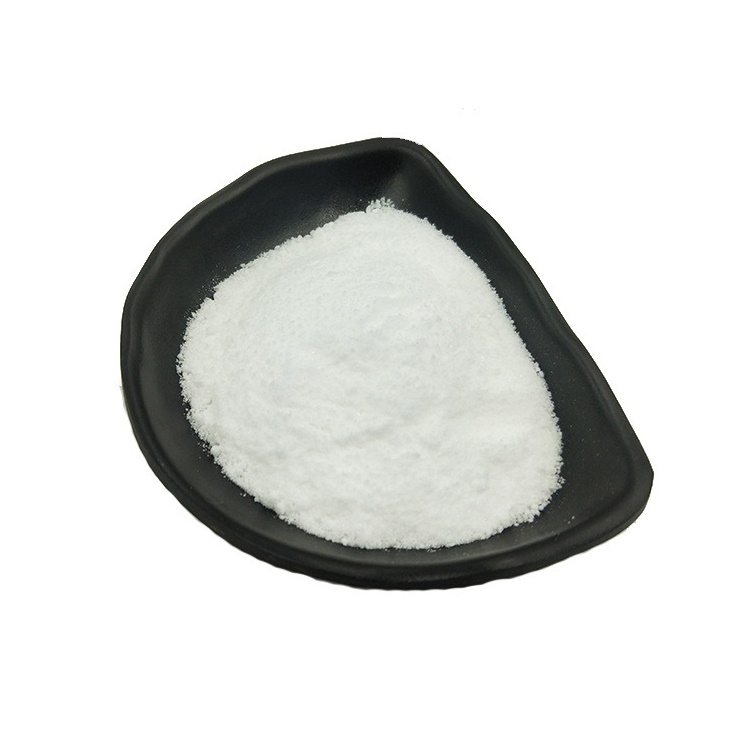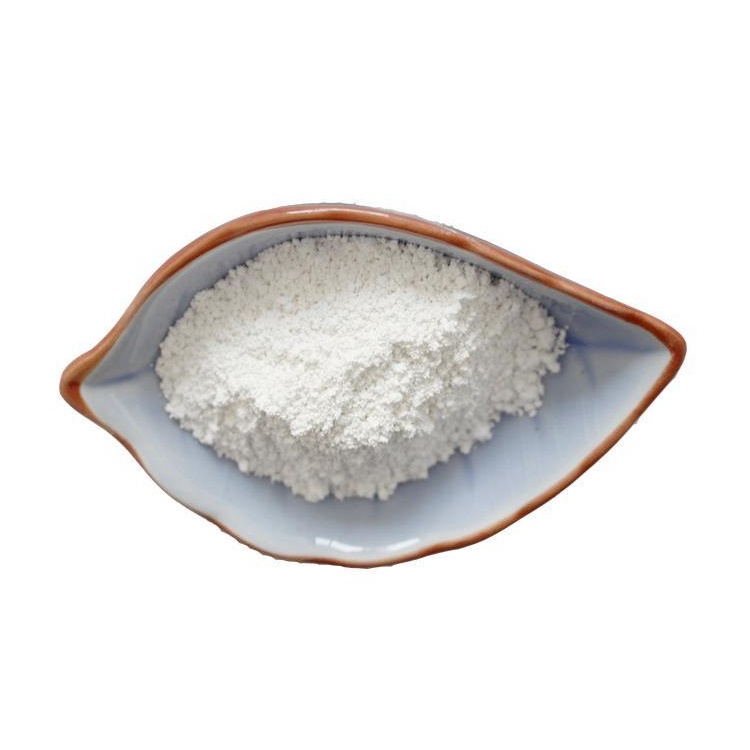

Fatty alcohol polyoxyethylene ether
——————
CAS number : 0
molecular formula : 0
EINECS : 0
——————
Email : info@deshangchem.com
Mobile : +86-13153039501
TEL : +86-531-88752665
Product features
Fatty alcohol polyoxyethylene ether is a very important nonionic surfactant. By controlling the different EO numbers in the molecule, products with different properties and uses can be obtained. It has excellent acid and alkali resistance and is easily biodegradable.
Product application: Widely used in daily chemicals, textiles, leather and washing industries. Low EO number products are mainly used to produce AES, APG and other products. Other EO number products are used in formulated products to play roles such as emulsification, foaming and decontamination.
Synthesis
Fatty alcohol polyoxyethylene ether is produced by the addition reaction of fatty alcohol (primary or secondary alcohol of C10-C18) with ethylene oxide in the presence of an alkaline catalyst (caustic soda or sodium methoxide). The reaction rate of primary alcohol is greater than that of secondary alcohol, while the rate of reaction of primary alcohol with ethylene oxide to form an addition product is close to the rate of chain growth of polyoxyethylene ether. As a result, the final product is actually a mixture of polyoxyethylene ethers with different polymerization degrees, including unoxyethylated raw alcohol. Since the application performance of fatty alcohol polyoxyethylene ether depends to a large extent on the polymerization degree m of polyoxyethylene ether, how to make the distribution curve of n in the obtained product as narrow as possible is the key to improving product quality in the production of fatty alcohol polyoxyethylene ether. It has been found that the catalyst has a great influence on the distribution curve: alkaline catalysts, such as sodium methoxide, produce a wide distribution curve; acidic catalysts, such as boron trifluoride, tin tetrachloride, antimony pentachloride and boron trifluoride ether complex, produce a narrow distribution curve. Although acid catalysis can achieve narrow distribution, it has not been used in production so far because it will cause an increase in by-products (such as polyethylene glycol, dioxane, etc.) and equipment corrosion problems. At present, the improvement of catalysts is still an important research topic.
Uses
Fatty alcohol polyoxyethylene ether is widely used in the production of sodium fatty alcohol polyoxyethylene ether sulfate (AES). The physical properties of fatty alcohol polyoxyethylene ether make it unfavorable to prepare washing powder, but it is an ideal raw material for liquid detergent. It has better descaling ability for various fibers than sodium alkylbenzene sulfonate, and is particularly suitable for washing grease and dirt excreted by the human body from synthetic fiber fabrics. Abroad. The main use of fatty alcohol polyoxyethylene ether is as a synthetic detergent. The domestic brand name is Pingpingjia series products. In addition to being partially used in compounding liquid detergents, it is mainly used as a leveling agent and stripping agent in the printing and dyeing industry, as a raw wool cleaning agent in the wool spinning industry, and as a spinning oil in the chemical fiber industry. Uses: Non-ionic surfactants are widely used in the textile industry as leveling agents for various dyes, stripping agents for reducing dyes, and wool retarder agents. The general dosage is 0.2~1/L. It can be used as a component of spinning oil for synthetic fibers such as polyester. It is used as an emulsifier in the latex industry and petroleum drilling fluids. This product has unique emulsifying properties for stearic acid, paraffin, mineral oil, etc. It is a component of emulsifier in polymer emulsion polymerization. It can also be used as an emulsifier for glass fiber lubricating oil. This product can remove the dirt on the fabric dispersed by dyes, improve the decontamination ability of sodium alkylbenzene sulfonate synthetic detergent, and reduce the antistatic effect of fabrics.
Applications
1. Washing industry: As a nonionic surfactant, it has emulsifying, foaming and decontamination effects. It is the main active ingredient of hand soap, laundry detergent, shower gel, washing powder, dishwashing detergent and metal cleaning agent.
2. Textile printing and dyeing industry: It can be used as a textile printing and dyeing auxiliary; it has an emulsifying effect and is often used as emulsified silicone oil, penetrant, leveling agent, polypropylene oil agent.
3. Papermaking industry: It can be used as a deinking agent, blanket cleaning agent, and de-resin agent.
4. In other cases, it can also be used as a pesticide emulsifier, crude oil demulsifier, lubricating oil emulsifier, etc.

Fatty alcohol polyoxyethylene ether
Product features
Fatty alcohol polyoxyethylene ether is a very important nonionic surfactant. By controlling the different EO numbers in the molecule, products with different properties and uses can be obtained. It has excellent acid and alkali resistance and is easily biodegradable.
Product application: Widely used in daily chemicals, textiles, leather and washing industries. Low EO number products are mainly used to produce AES, APG and other products. Other EO number products are used in formulated products to play roles such as emulsification, foaming and decontamination.
Synthesis
Fatty alcohol polyoxyethylene ether is produced by the addition reaction of fatty alcohol (primary or secondary alcohol of C10-C18) with ethylene oxide in the presence of an alkaline catalyst (caustic soda or sodium methoxide). The reaction rate of primary alcohol is greater than that of secondary alcohol, while the rate of reaction of primary alcohol with ethylene oxide to form an addition product is close to the rate of chain growth of polyoxyethylene ether. As a result, the final product is actually a mixture of polyoxyethylene ethers with different polymerization degrees, including unoxyethylated raw alcohol. Since the application performance of fatty alcohol polyoxyethylene ether depends to a large extent on the polymerization degree m of polyoxyethylene ether, how to make the distribution curve of n in the obtained product as narrow as possible is the key to improving product quality in the production of fatty alcohol polyoxyethylene ether. It has been found that the catalyst has a great influence on the distribution curve: alkaline catalysts, such as sodium methoxide, produce a wide distribution curve; acidic catalysts, such as boron trifluoride, tin tetrachloride, antimony pentachloride and boron trifluoride ether complex, produce a narrow distribution curve. Although acid catalysis can achieve narrow distribution, it has not been used in production so far because it will cause an increase in by-products (such as polyethylene glycol, dioxane, etc.) and equipment corrosion problems. At present, the improvement of catalysts is still an important research topic.
Uses
Fatty alcohol polyoxyethylene ether is widely used in the production of sodium fatty alcohol polyoxyethylene ether sulfate (AES). The physical properties of fatty alcohol polyoxyethylene ether make it unfavorable to prepare washing powder, but it is an ideal raw material for liquid detergent. It has better descaling ability for various fibers than sodium alkylbenzene sulfonate, and is particularly suitable for washing grease and dirt excreted by the human body from synthetic fiber fabrics. Abroad. The main use of fatty alcohol polyoxyethylene ether is as a synthetic detergent. The domestic brand name is Pingpingjia series products. In addition to being partially used in compounding liquid detergents, it is mainly used as a leveling agent and stripping agent in the printing and dyeing industry, as a raw wool cleaning agent in the wool spinning industry, and as a spinning oil in the chemical fiber industry. Uses: Non-ionic surfactants are widely used in the textile industry as leveling agents for various dyes, stripping agents for reducing dyes, and wool retarder agents. The general dosage is 0.2~1/L. It can be used as a component of spinning oil for synthetic fibers such as polyester. It is used as an emulsifier in the latex industry and petroleum drilling fluids. This product has unique emulsifying properties for stearic acid, paraffin, mineral oil, etc. It is a component of emulsifier in polymer emulsion polymerization. It can also be used as an emulsifier for glass fiber lubricating oil. This product can remove the dirt on the fabric dispersed by dyes, improve the decontamination ability of sodium alkylbenzene sulfonate synthetic detergent, and reduce the antistatic effect of fabrics.
Applications
1. Washing industry: As a nonionic surfactant, it has emulsifying, foaming and decontamination effects. It is the main active ingredient of hand soap, laundry detergent, shower gel, washing powder, dishwashing detergent and metal cleaning agent.
2. Textile printing and dyeing industry: It can be used as a textile printing and dyeing auxiliary; it has an emulsifying effect and is often used as emulsified silicone oil, penetrant, leveling agent, polypropylene oil agent.
3. Papermaking industry: It can be used as a deinking agent, blanket cleaning agent, and de-resin agent.
4. In other cases, it can also be used as a pesticide emulsifier, crude oil demulsifier, lubricating oil emulsifier, etc.
Team Presentation

